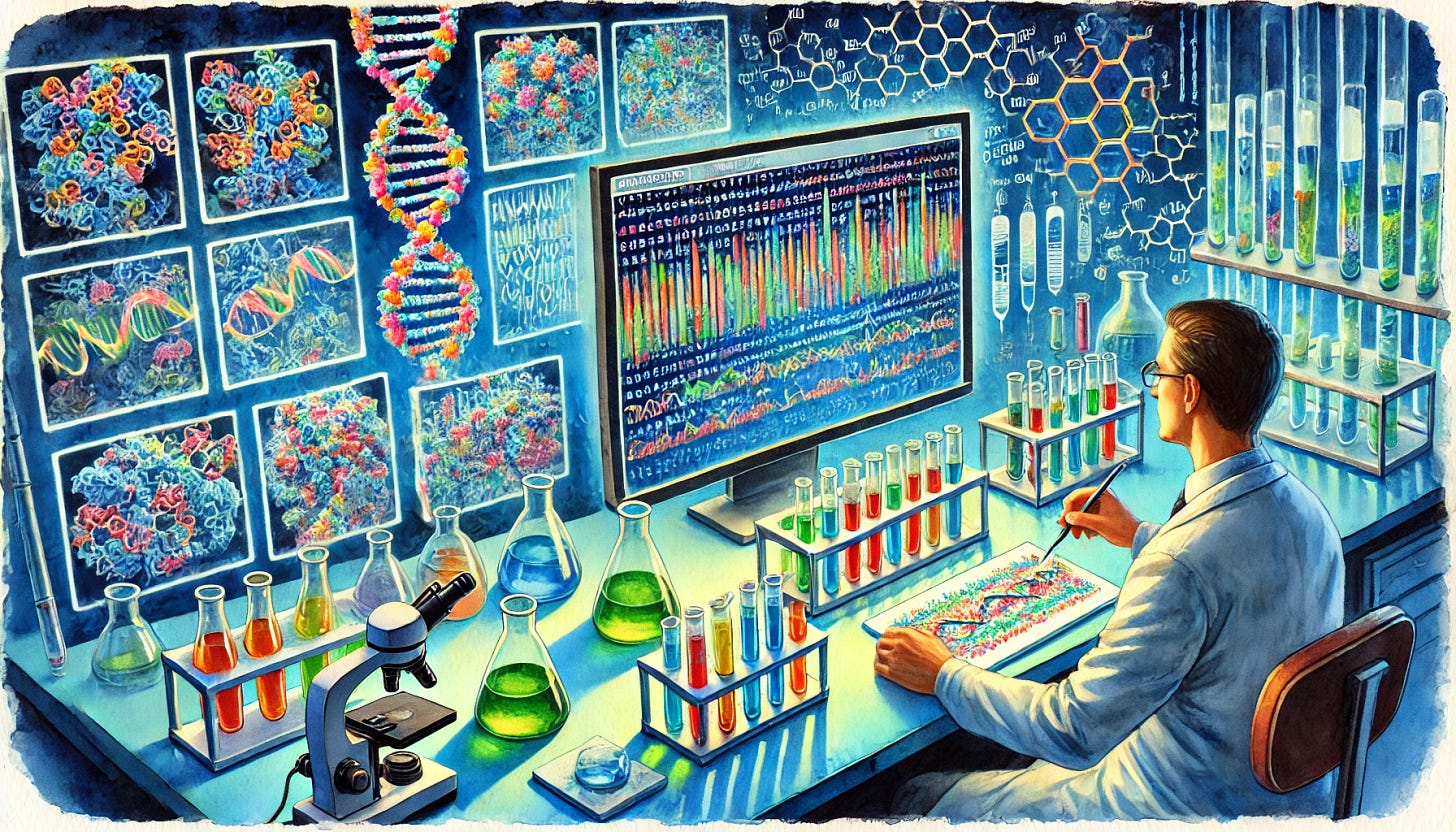A survey of how to use protein language models for protein design: Part 2
Part 2 on PLMs - how they're trained for what they're designed to do.
Hello fellow datanistas!
Have you ever wondered how protein language models are trained and how they can be utilized in protein design? If so, I've got just the deep dive for you in the latest installment of my blog series. In Part 2 of my series on protein language models, I explore the intriguing methods behind training these models, including both masked language modeling and autoregressive training.
This post has practical examples that demystify the complex process of training protein language models. Whether you're a seasoned bioinformatician or just curious about the field of protein engineering, you'll find valuable information that could enhance your understanding or even inspire your next project.
I’d love to have you to read the post and share it with colleagues or friends who might also appreciate the blend of biology and data science. It's a great resource for anyone involved in or interested in the cutting-edge of computational biology.
Thank you for your continued support and curiosity. Let's keep pushing the boundaries of what we can achieve with data!
Best regards,
Eric



